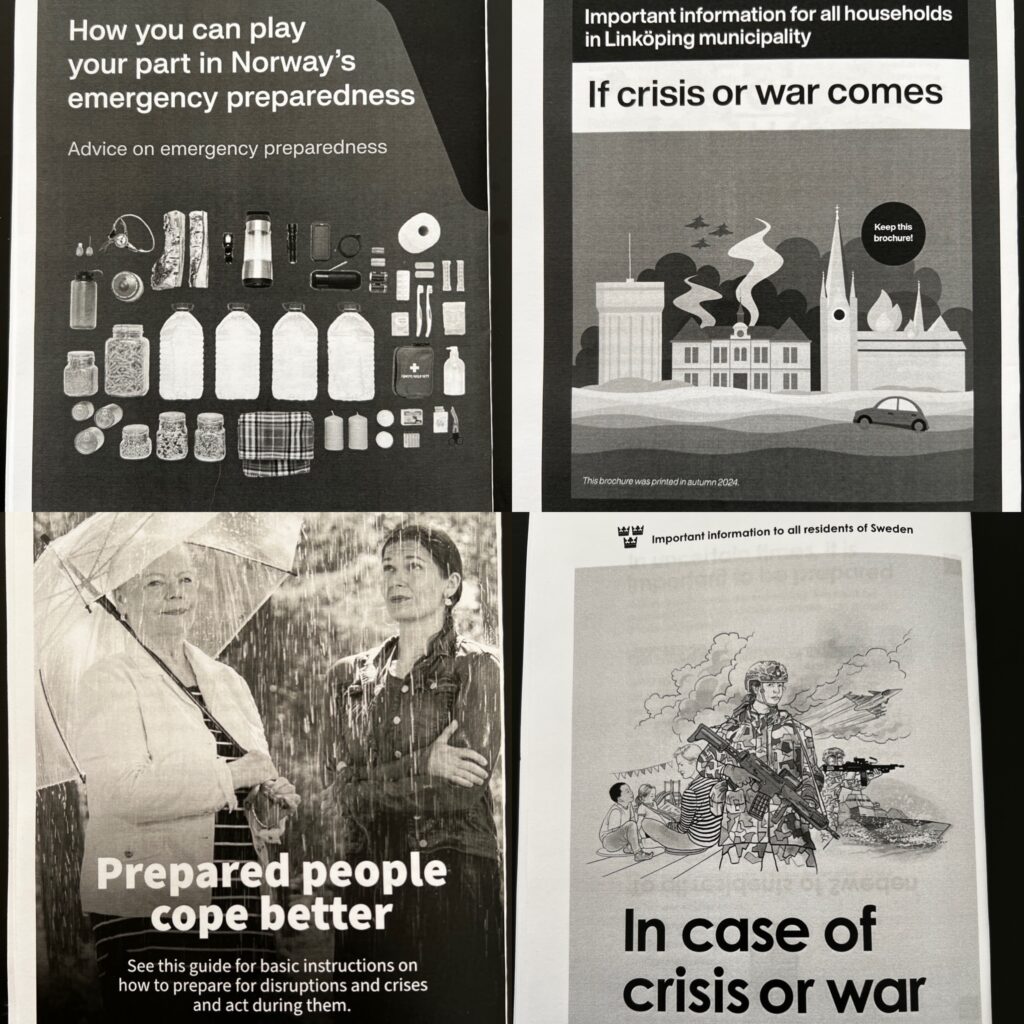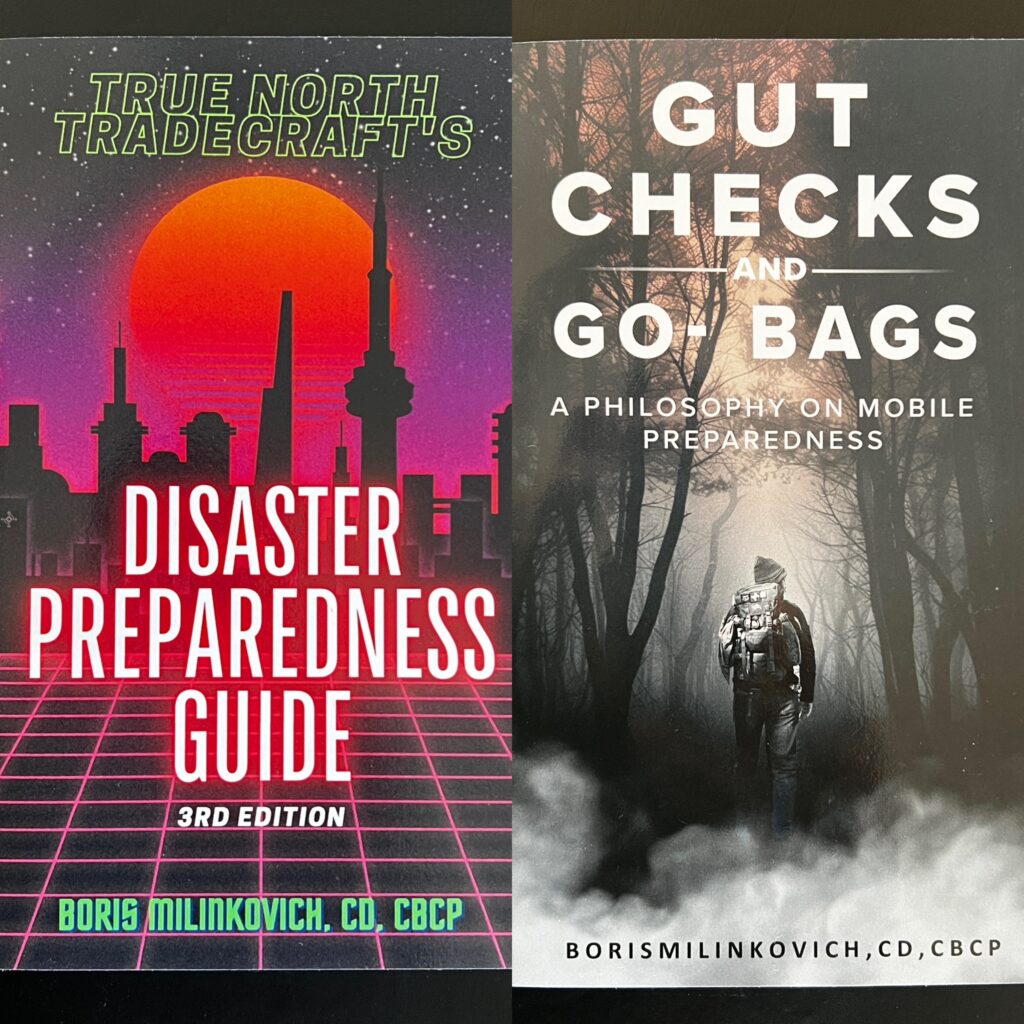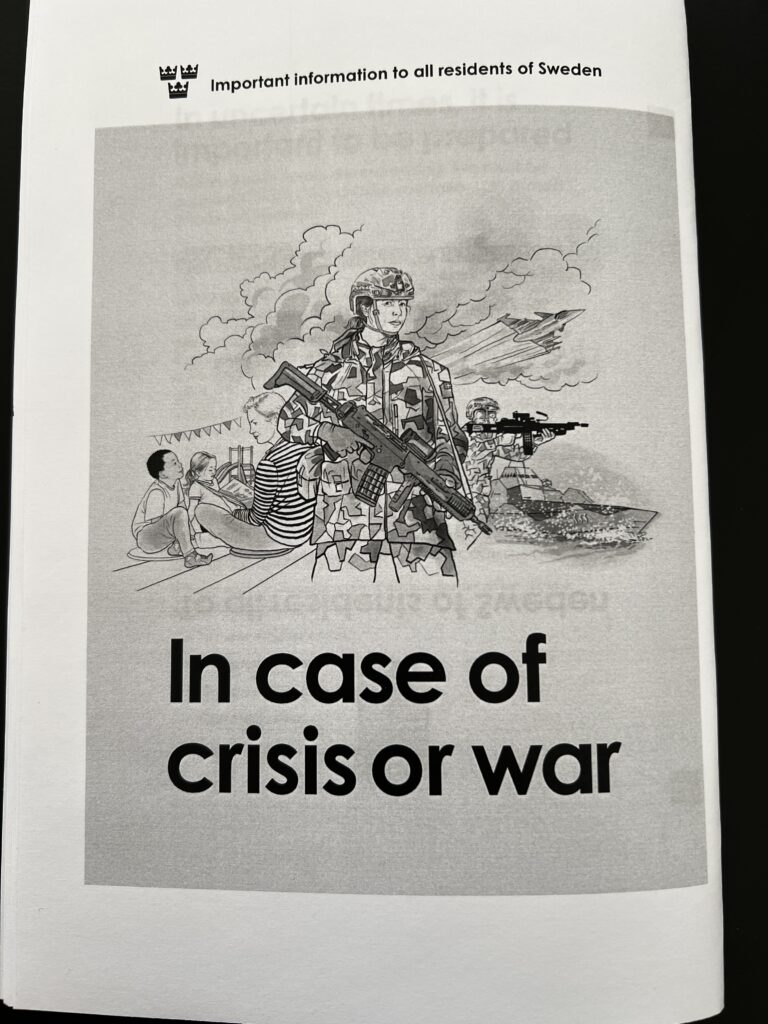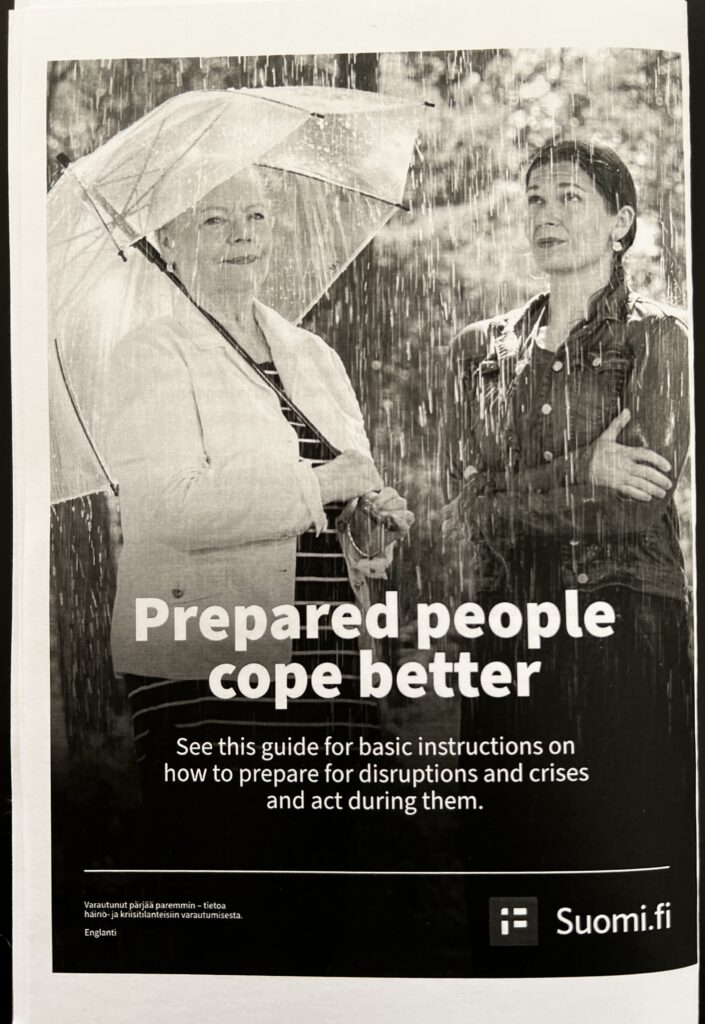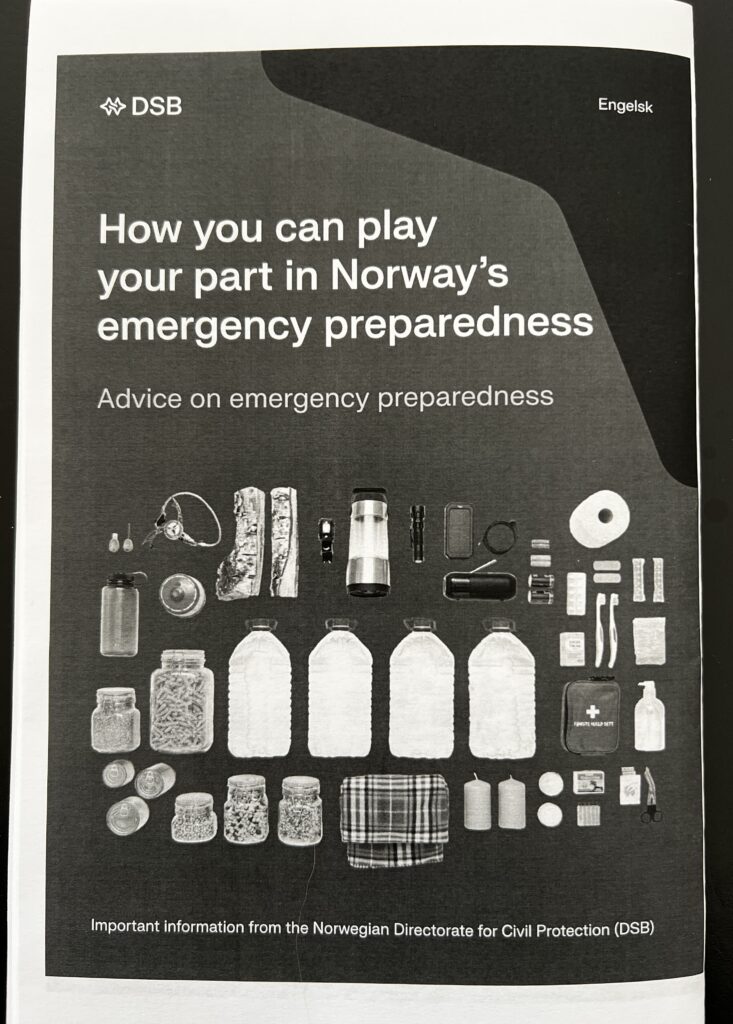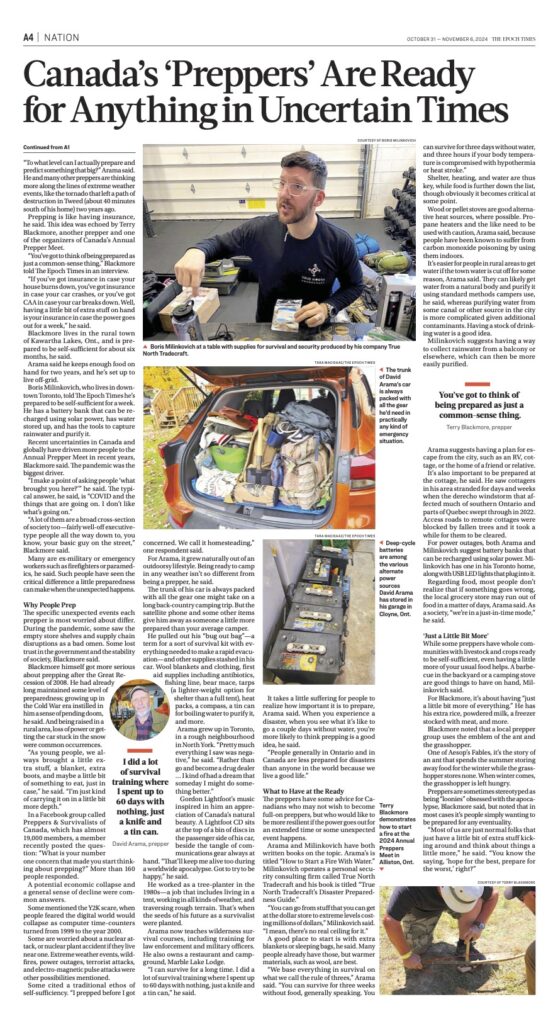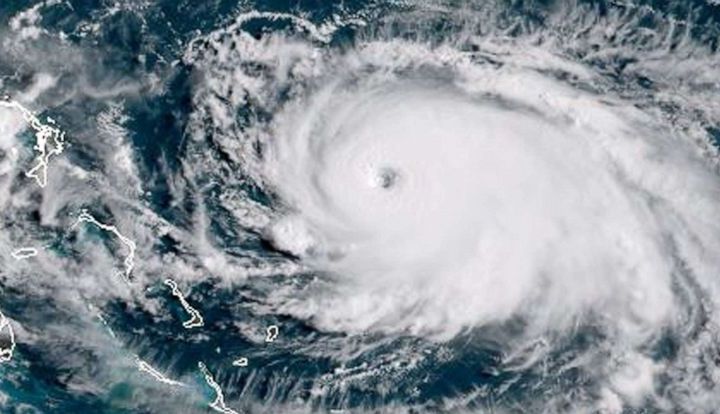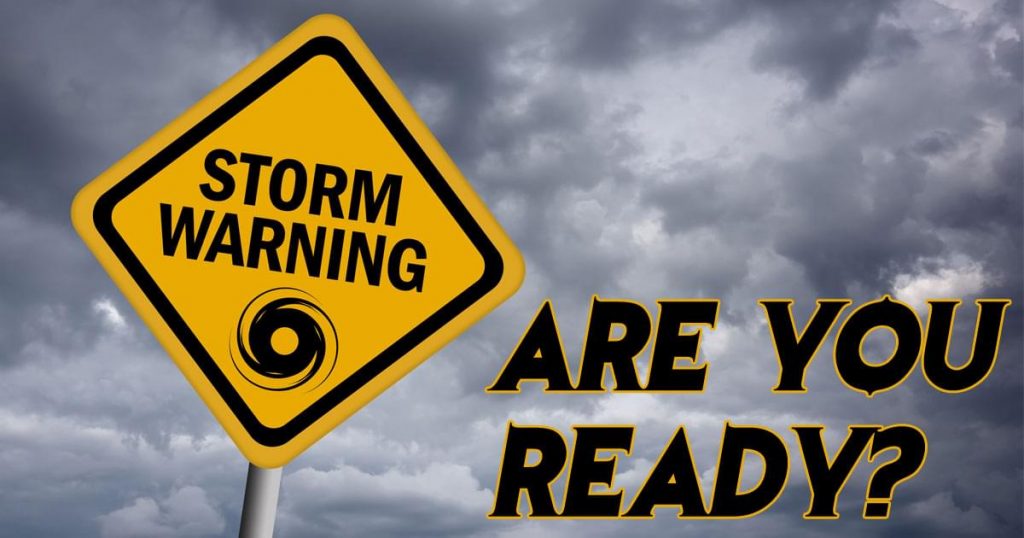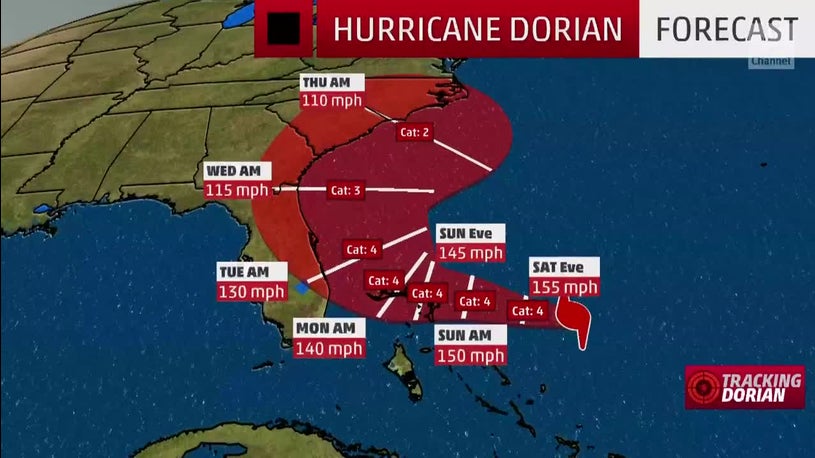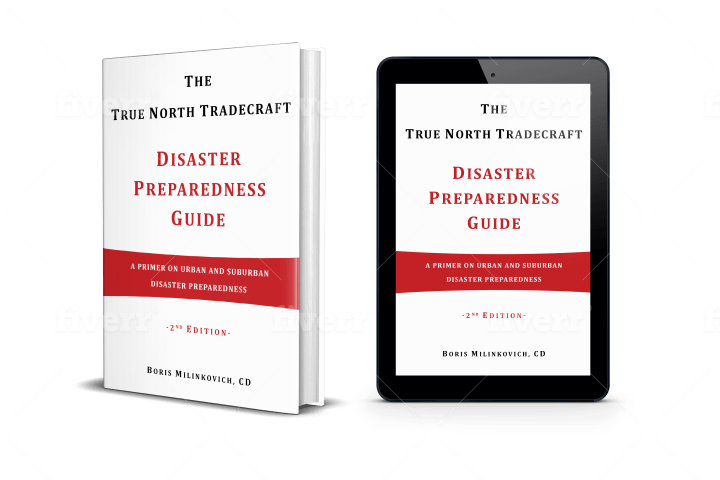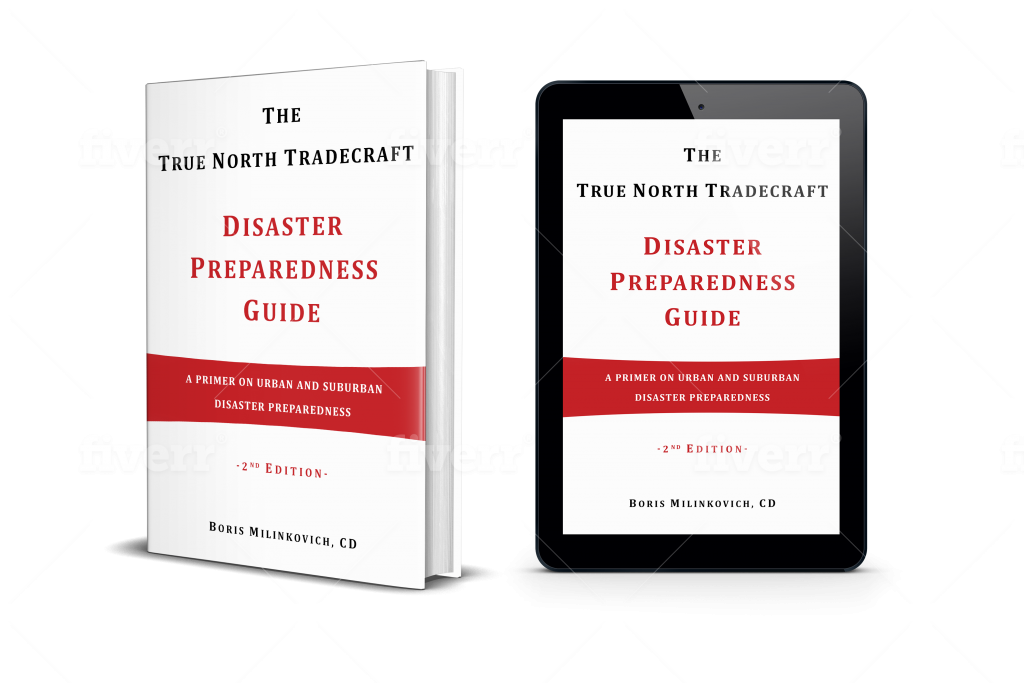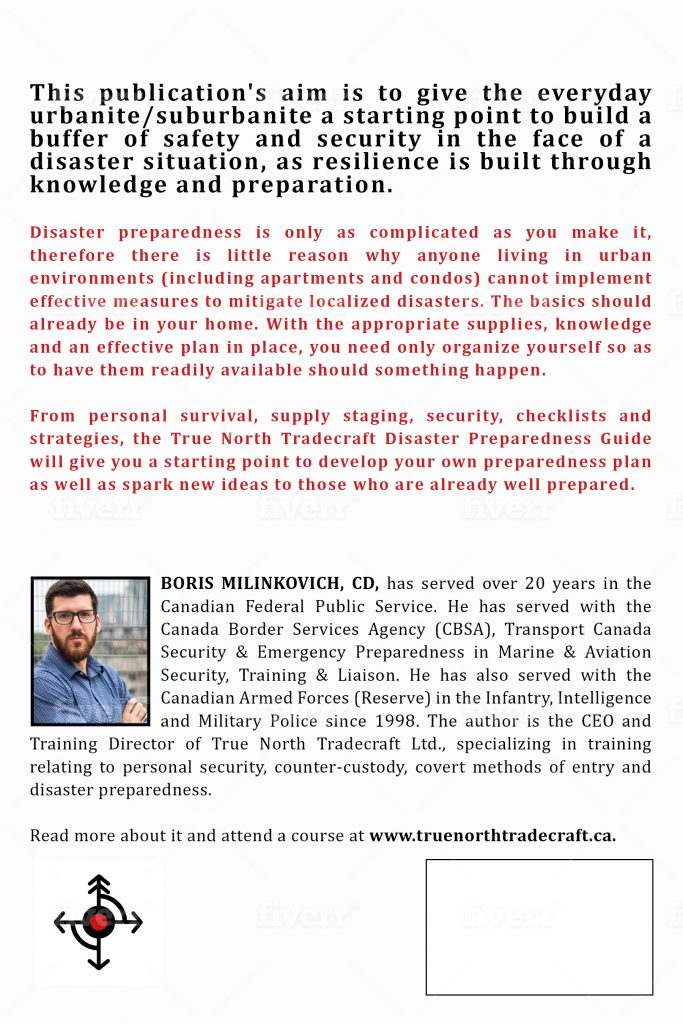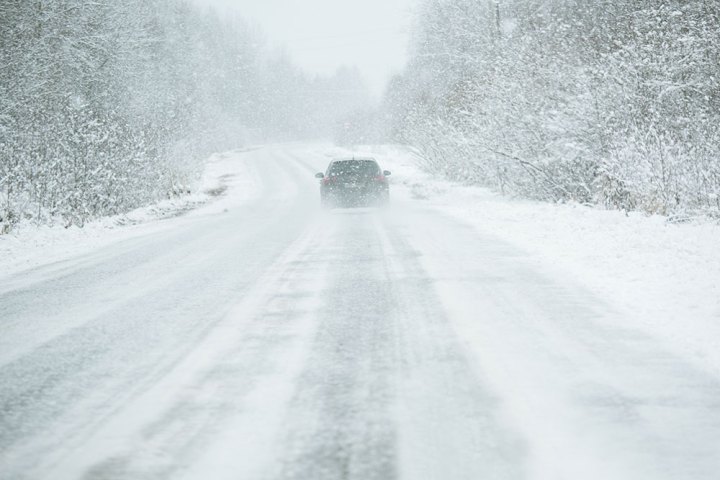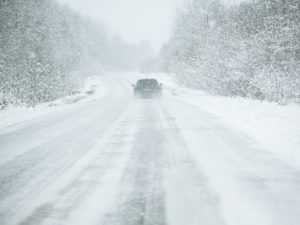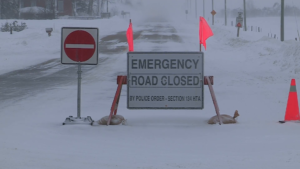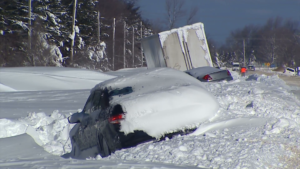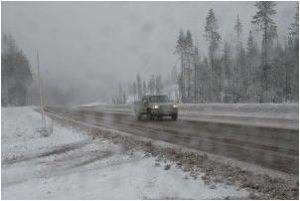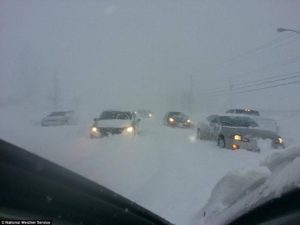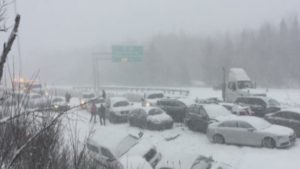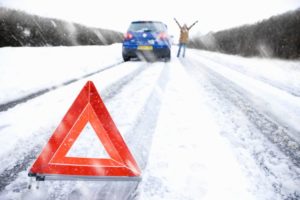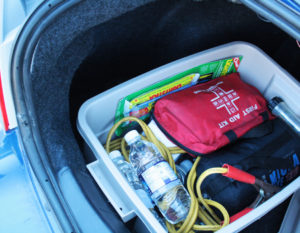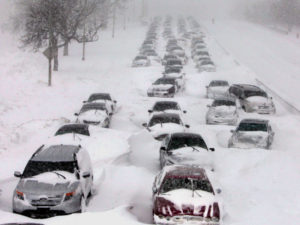Nordic nations prepare their citizens for war.
There have always been events on the horizon which have caused people to be concerned with their future due to ongoing tensions or turning points. Fears of nuclear war (Cuban Missile Crisis, Cold War), economic collapse (various market crashes), Y2K (existential predictions), COVID/SARS/H1N1/Swine/Monkey-pox/Ebola and now the renewed real threat of war amongst Super-Powers and their proxies around the world.
As tensions continue to escalate on various fronts (Middle East, Ukraine, China, etc.) some nations are reaching back into their Cold War preparedness archives and resurrecting their approaches to very real threats and moving towards preparing their citizens for war. Countries such as Sweden, Denmark and Finland, which have historically been wary of Russian aggression, have begun to issue their citizens updated Preparedness and Civil Defence literature.
You can read articles about how this is being rolled out across these and other Nordic nations HERE (I’ve also linked several articles). The underlying goal of these pamphlets and their supporting information campaigns by the various governments is to begin to develop a preparedness mindset in their populace while shoring up essential supplies to ensure a level of resilience across their country to lessen the impact of a possible attack. If a country (such as Russia) were to attach, say, Finland, it would almost certainly involve the compromise of key infrastructure and supply, impacting electricity, communications, fuel, food supply and transportation, all in an effort to soften resistance against an invading force. Indeed, there are sections in the pamphlets speaking to how the citizenry must resist invading adversaries and support the defence of the nation – and doing so begins with their own preparedness and self-sufficiency as supplies may be in short supply. It is now their DUTY to be prepared and self-reliant so that they may form a more resilient front against the enemy. This is a significant step-up in direction towards civil defence than has been the norm in past years of wonton sabre-rattling.
The same applies to us here in North America. More and more, I am reading reports of cyber attacks on critical infrastructure by hostile actors. Thankfully, much of the impact of these attacks has been mitigated by the fact that the damage is localized and that many of the systems have not been inter-connected. It also helps that some of the protection and recovery measures have been effective. That said, knowing that these threats exist and what their potential impacts could be should be a call to action for people everywhere to take steps, however small, to increase their level of resilience to the unforeseen which may impact their daily lives.
Hence, why we preach and teach preparedness – not just as a “thing to do”, but rather as a way of being. Being prepared, coupled with a positive and proactive mindset, makes coping with adversity far more manageable. It is this which these Nordic nations are trying to instil across their social psyches in an effort to strengthen the resolve of their citizens in the face of potential threat.
You, too, can do this. Though if you’re not wanting to prepare for war, you can prepare for the impact a winter storm, or a power outage might have on you, and possibly your business. Taking pointed steps to build resilience is an investment in yourself and need not be a futile pursuit.
Oftentimes, people don’t know where to start. We suggest you join us for a class, read our books and take steps to implement the concepts discussed. I have linked the pamphlets below. You can also pick up copies of our books HERE and sign up for an upcoming class HERE. Whatever you do, learn, anticipate, execute. No one in a crisis ever regretted preparing for it.
Stay safe & #staycrafty
Politico.EU article: https://www.politico.eu/article/sweden-issues-pamphlet-warning-citizens-what-to-do-in-case-of-war/
In case of crisis or war<https://rib.msb.se/filer/pdf/30874.pdf>
Preparing for incidents and crises – Suomi.fi<https://www.suomi.fi/guides/preparedness>
Råd om egenberedskap<https://www.sikkerhverdag.no/globalassets/din-beredskap/brosjyrer-alle-sprak/dsb-egenberedskap-engelsk-web.pdf>

